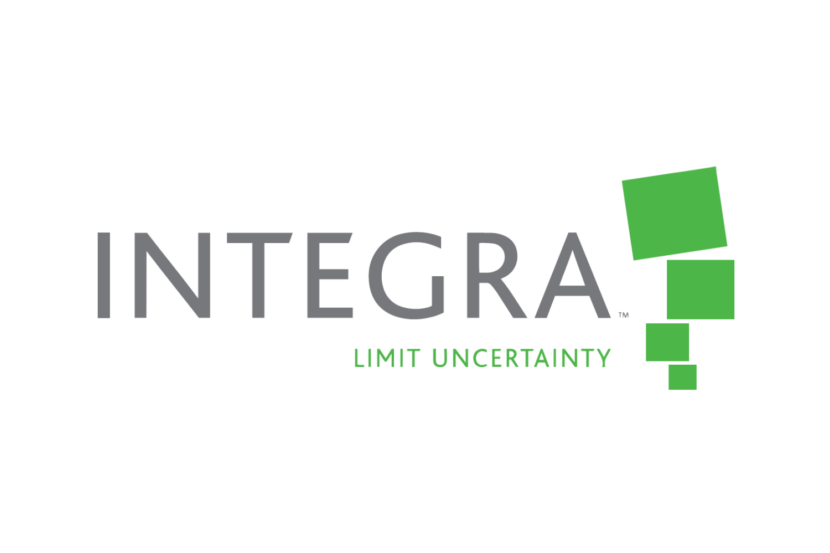
Illustration:
Giacomo Bagnara
It was just the shot in the arm that the stock market needed.
U.S.-stock funds rose along with the overall market in the first quarter, as vaccination progress convinced more investors that the economy will emerge in good shape from the lockdowns. In addition, there is faith that the Federal Reserve will keep things humming without triggering inflation.
The average U.S.-stock fund rose 8.5% in the quarter, including 3.1% in March, according to Refinitiv Lipper data.
The markets are “emerging from lockdowns, and emerging from a trade war which robbed the U.S. and global economy of cyclical growth,” says
Brent Schutte,
chief investment strategist at Northwestern Mutual Wealth Management in Milwaukee.
“It’s all about economic-growth estimates accelerating,” says
Brad Neuman,
director of market strategy at investment manager Alger in New York. “Economists are tripping over each other to increase estimates,” he says.
Throughout the market, investors are rotating toward stock sectors that might benefit as the country recovers, such as financials. “Investors gravitated to technology [stocks] which was really the only earnings game in town the past two years,” says Mr. Schutte, “and now sectors impacted by Covid are emerging.”
International stocks and U.S. small-caps are where many investors should look, say some strategists.
“Over the past 12 months, the U.S. has been a star,” says Mr. Neuman. But now, he says, “U.S. stock valuations have gotten pricier compared to the rest of the world. Non-U.S. stocks really are on sale.”
Scoreboard
First-quarter 2021 fund performance, total return by fund type.

U.S. stocks*
Intl. stocks*
Bonds (intmd.)
8.5%
3.5%
–2.9%
*Diversified funds only, excluding sector and regional/country funds
Source: Refinitiv Lipper
International-stock funds rose 3.5% in the quarter including 1.9% in March.
Mr. Neuman says that small-caps are also discounted, even after recent gains, and they typically outperform as interest rates rise. Lipper’s small-cap value category rallied 22% in the quarter, including a 6.1% gain in March.
Voting with their cash, wary investors continue to send more money to bond funds rather than stock funds. Investors in the first quarter put a net $78.3 billion into U.S.-stock mutual funds and exchange-traded funds, and $27.1 billion into international-stock funds, based on Investment Company Institute estimates. Yet they invested much more—a net $224.7 billion—in bond funds, partly to protect themselves if and when this stock-market rally stalls.
Follow the Money
First-quarter 2021 flow of investor cash by fund type, in billions*

U.S.
stocks
Intl.
stocks
Bonds
$78.3
$27.1
$224.7
*estimated mutual-fund/ETF flows through 3/24
Source: Investment Company Institute
Bond-fund returns declined. Funds tied to intermediate-maturity, investment-grade debt (the most common type of fixed-income fund) fell 2.9% in the quarter including a 1.1% drop in March.
“To me, the only thing that could end the recovery prematurely is a large spike in inflation which could cause the Fed to pivot or to prematurely end monetary easing,” says Mr. Schutte. But he considers that “highly unlikely.”
Mr. Power is a Wall Street Journal news editor in South Brunswick, N.J. Email him at william.power@wsj.com.
Copyright ©2020 Dow Jones & Company, Inc. All Rights Reserved. 87990cbe856818d5eddac44c7b1cdeb8
Appeared in the April 5, 2021, print edition as ‘Stock Funds Rose 8.5% But Bonds Get the Cash.’





